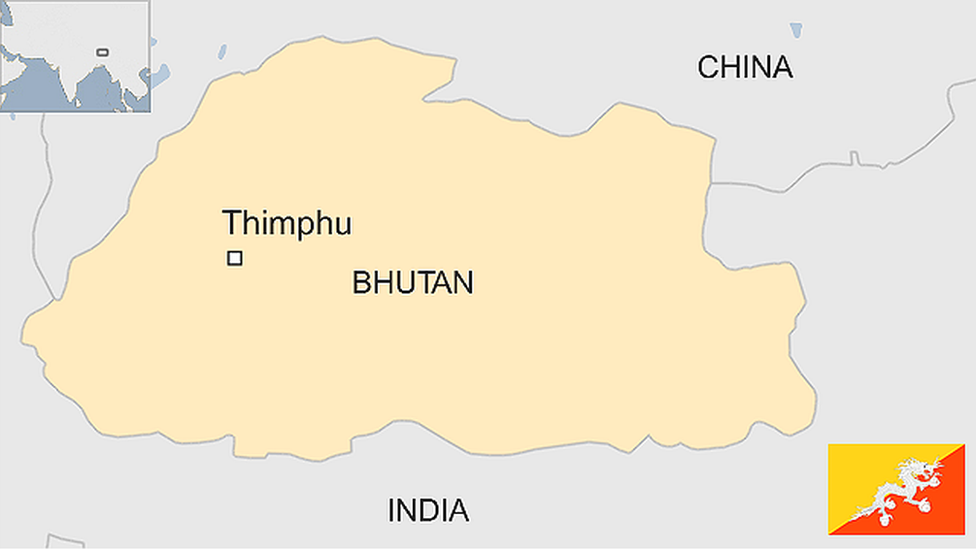Nepal country profile
- Published
This page is no longer being updated. It was last updated on 15 July 2024
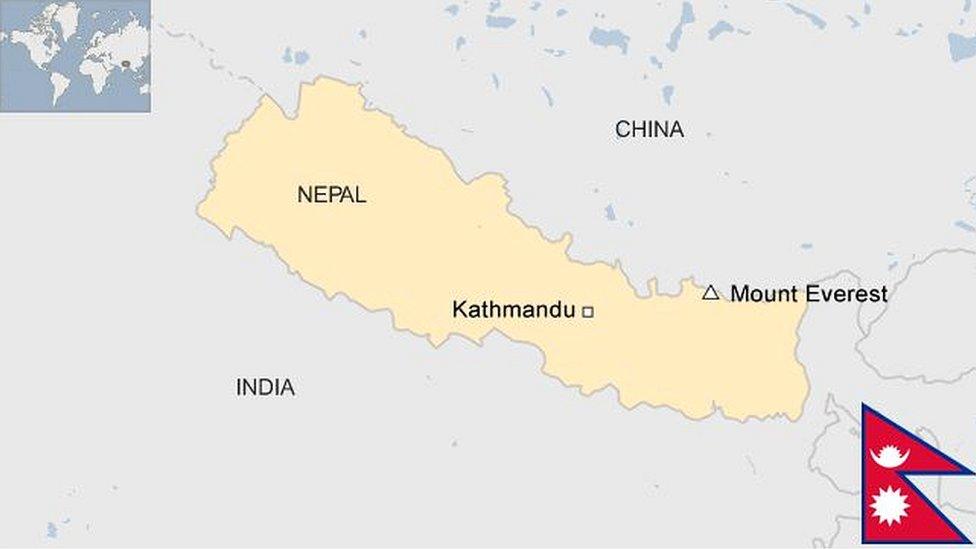
During the late 18th and early 19th Centuries, the principality of Gorkha united many of the other principalities and states of this Himalayan region into a single Nepali kingdom.
Flanked by China and India, it is home to eight of the world's highest mountains including Mount Everest, known locally as Sagarmatha.
As one of the world's poorer countries, Nepal's economy relies heavily on aid and tourism.
More than 16,000 people died during the 1996-2006 civil war, which saw the Maoist party fight to replace the monarchy with a republic.
The Maoist party joined mainstream politics following the success of the peaceful democratic revolution of 2006 with Nepal becoming a secular state, and in 2008 declaring itself a federal republic.
Read more country profiles, external - Profiles by BBC Monitoring, external
FEDERAL DEMOCRATIC REPUBLIC OF NEPAL: FACTS
Capital: Kathmandu
Area: 147,516 sq km
Population: 31.1 million
Language: Nepali, plus others
Life expectancy: 69 years (men) 72 years (women)
LEADERS
President: Ram Chandra Paudel
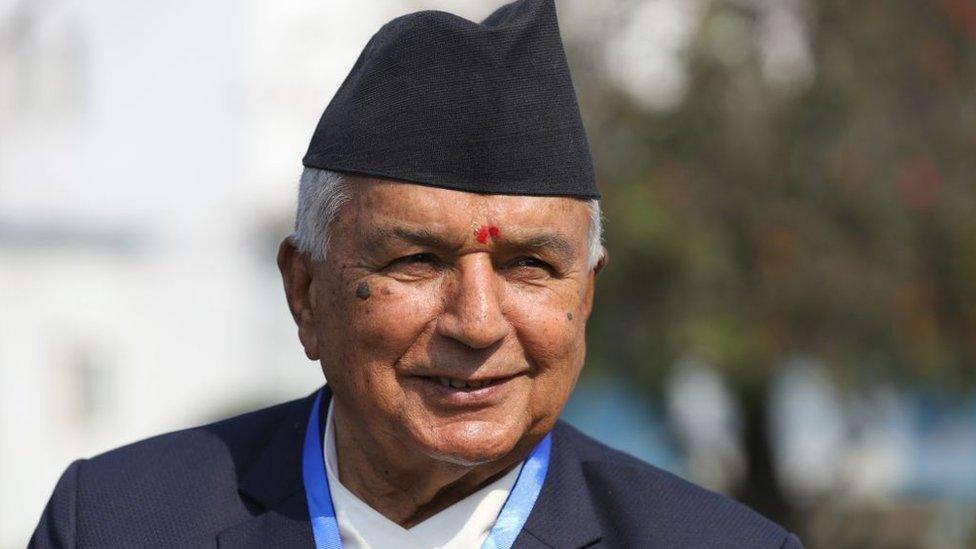
The veteran political campaigner Ram Chandra Paudel was elected as Nepal's president in March 2023.
First elected to parliament in 1991, he played an important role in the peace process and served as minister for peace and reconstruction from 2007 to 2008 and was parliamentary party leader of the Nepali Congress party from 2011 to 2013.
The post of president is mainly ceremonial.
Prime minister: Khadga Prasad Oli
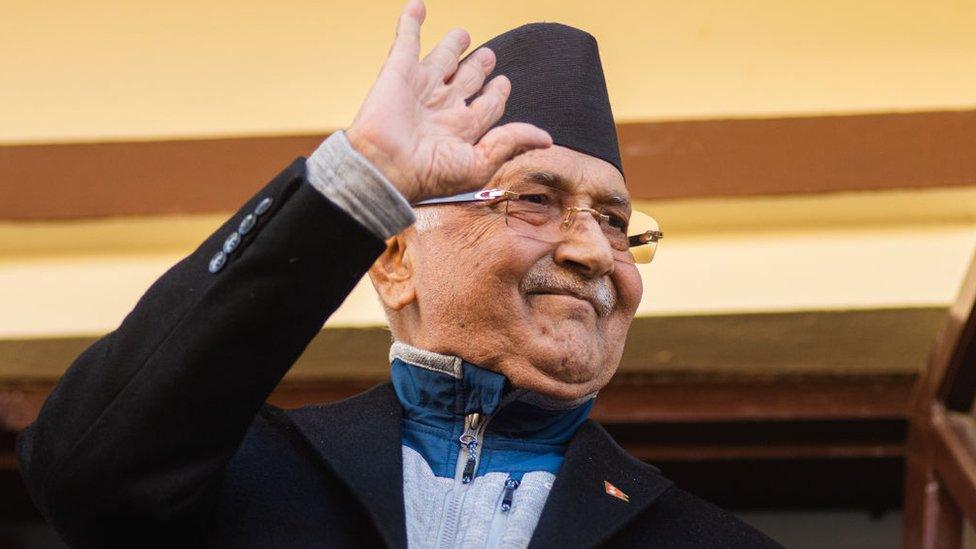
Khadga Prasad Oli, the leader of Nepal's largest communist party, became prime minister in July 2024 following the collapse of a previous coalition government.
Oli heads a coalition government made up of his Communist Party of Nepal (Unified Marxist Leninist) and the Nepali Congress party, the two largest parties in Nepal. This is his fourth time serving as prime minister of the Himalayan nation.
The previous coalition government headed by Pushpa Kamal Dahal collapsed after Oli's party, which had been part of the coalition, withdrew its support.
Under the new power-sharing arrangement, Oli and the Nepali Congress party's president Sher Bahadur Deuba, 78, will rotate in holding the prime minister's post until the next general election in 2027..
MEDIA
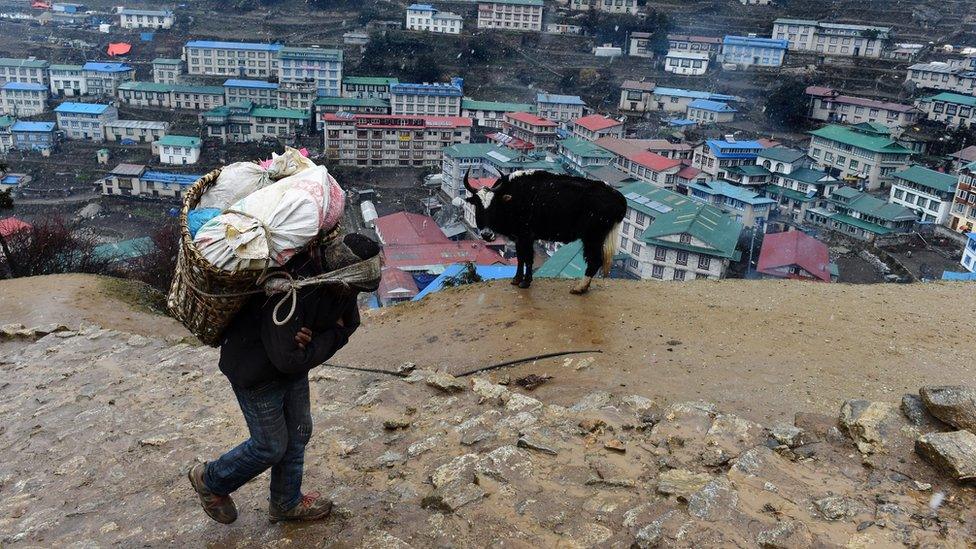
Media freedom is restricted by the fact that journalists have been the victims of violence, activists say.
There is a small film industry, nicknamed "Kollywood".
TIMELINE
Some key dates in Nepal's history:
1768 - Gurkha ruler Prithvi Narayan Shah conquers Kathmandu and lays foundations for unified kingdom.
1814-16 - Anglo-Nepalese War; culminates in treaty which establishes Nepal's current boundaries.
1846 - Nepal falls under sway of hereditary chief ministers known as Ranas, who dominate the monarchy and cut country off from outside world.
1950 - Anti-Rana forces based in India form alliance with monarch.
1951 - End of Rana rule. Sovereignty of crown restored and anti-Rana rebels in Nepalese Congress Party form government.
1960 - King Mahendra seizes control and suspends parliament, constitution and party politics.
1991 - Nepali Congress Party wins first democratic elections.
1996-2006 - Maoist revolt and civil war, Nepali Maoists launch a guerrilla struggle to overthrow the monarchy and establishing a people's republic;, Some 16,000 people are killed in the fighting.
2001 - King Birendra and most of the royal family are killed in the Nepalese royal massacre carried out by crown prince Dipendra, who dies shortly afterwards following a suicide attempt.
2006 - Peace talks end with the signing of the Comprehensive Peace Accord between the government and Maoists.
2008 - Nepal becomes a federal republic after abolition of monarchy.
2015 New constitution adopted, the first in Asia to specifically protect gay rights.
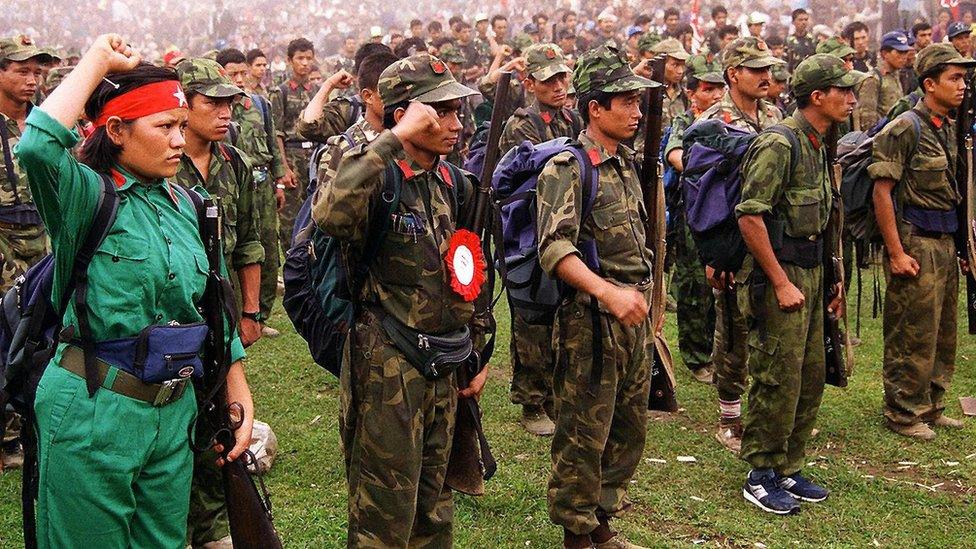
The Maoist insurgency blighted Nepal for a decade
Related topics
- Published15 March 2024
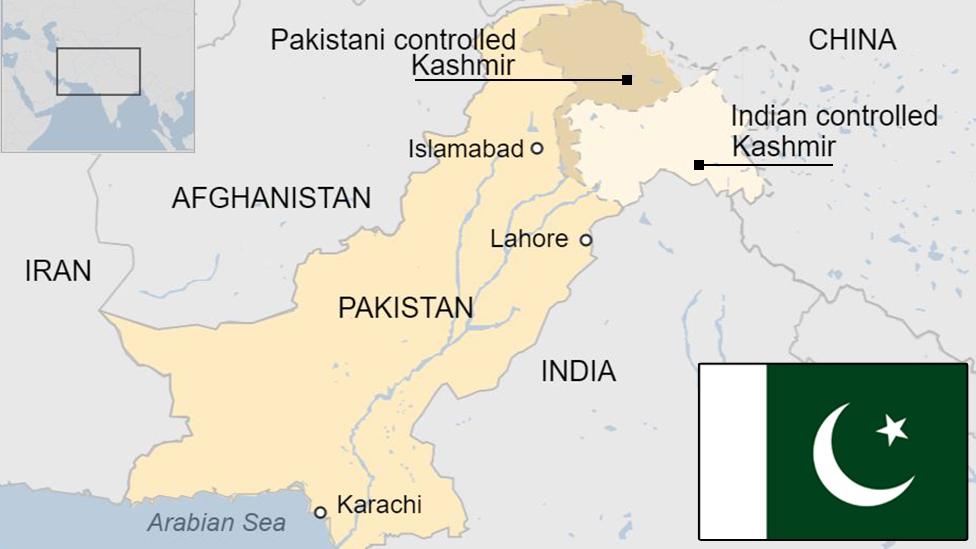
- Published10 March
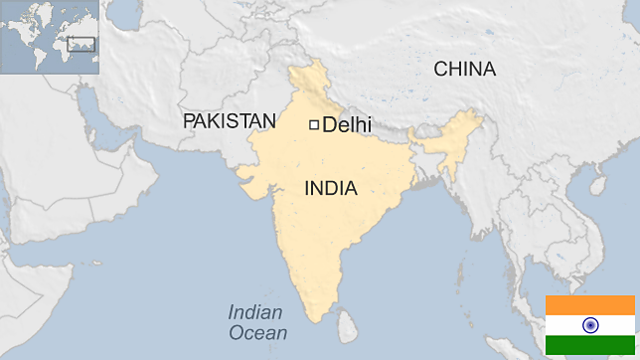
- Published25 August 2023
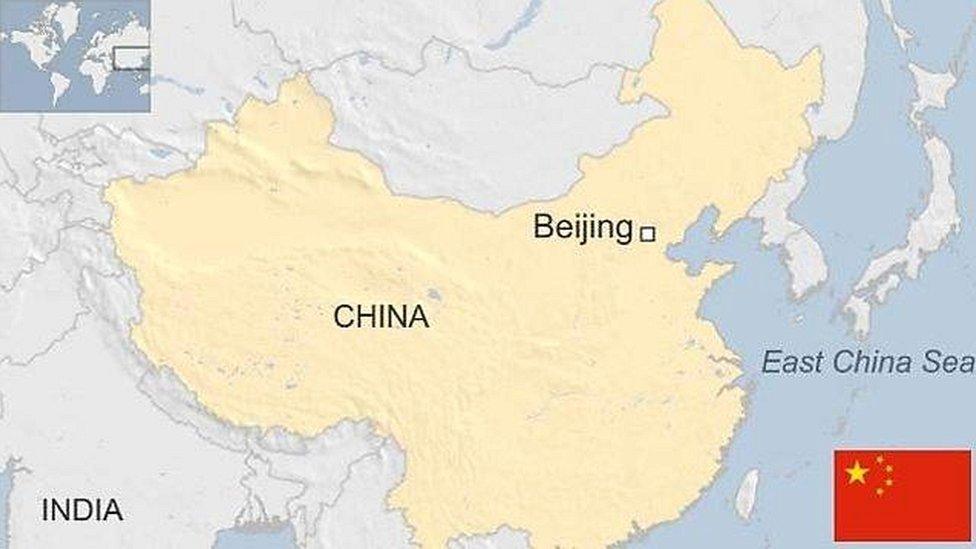
- Published10 March
